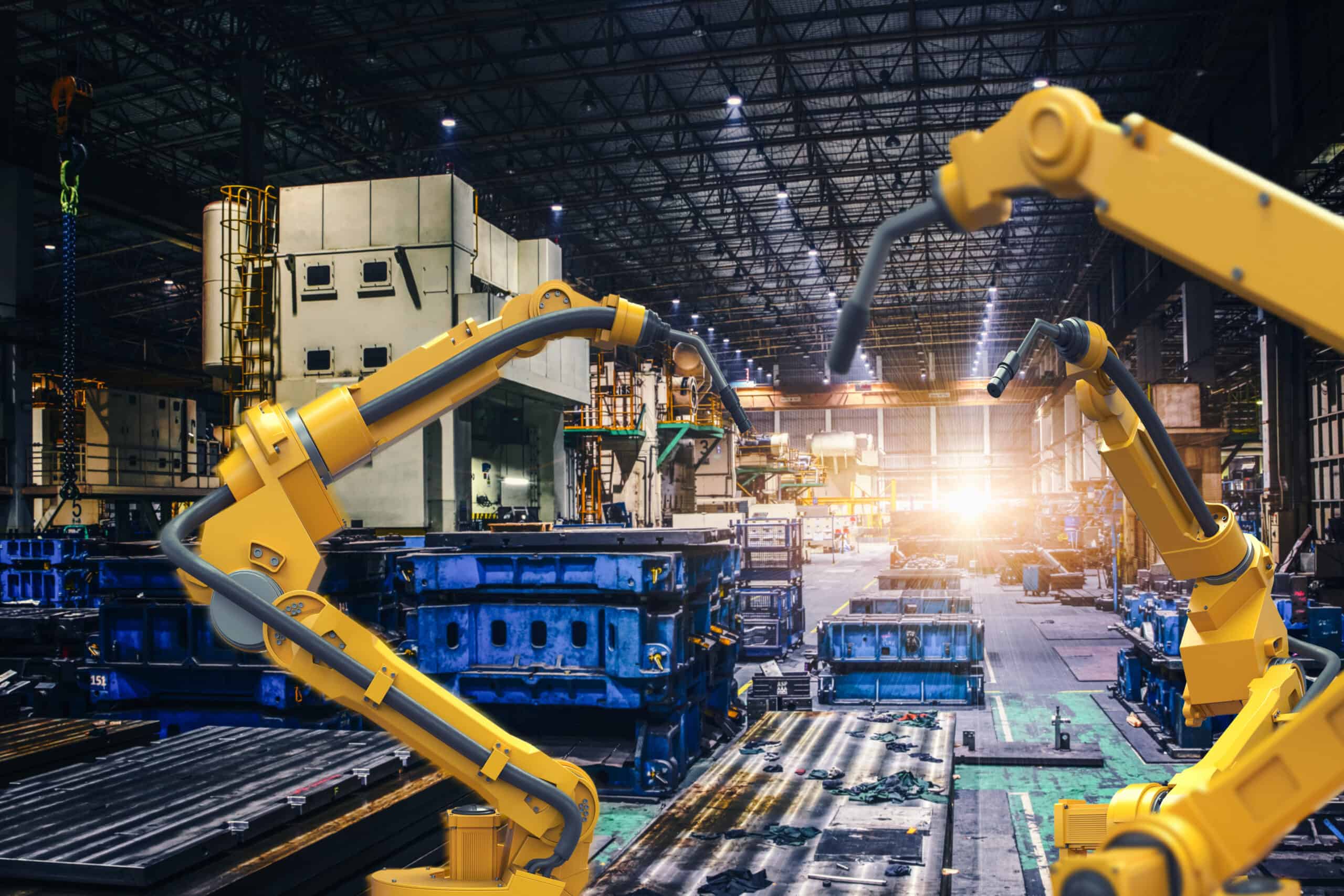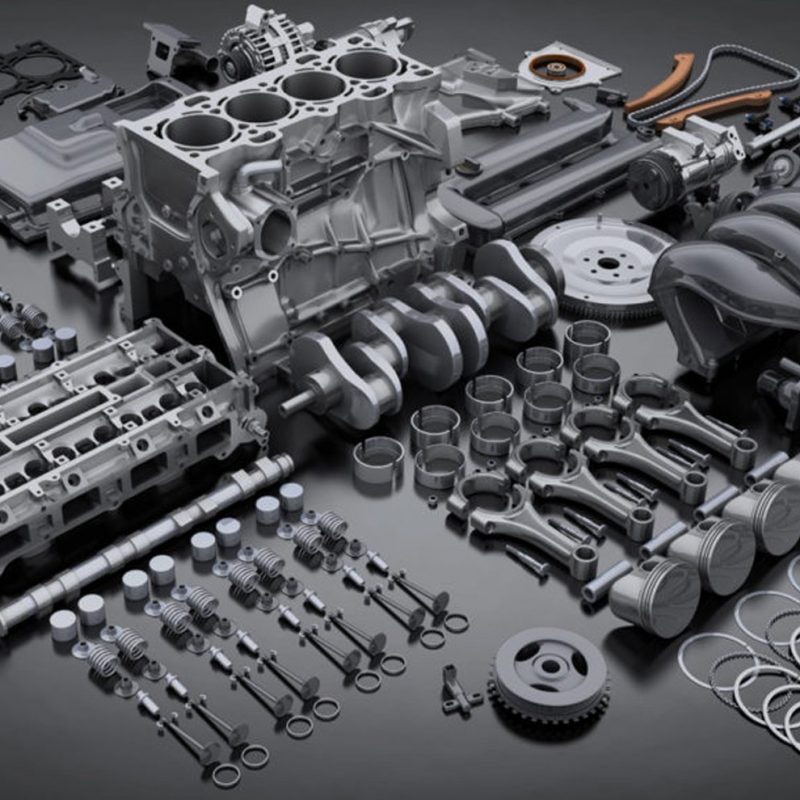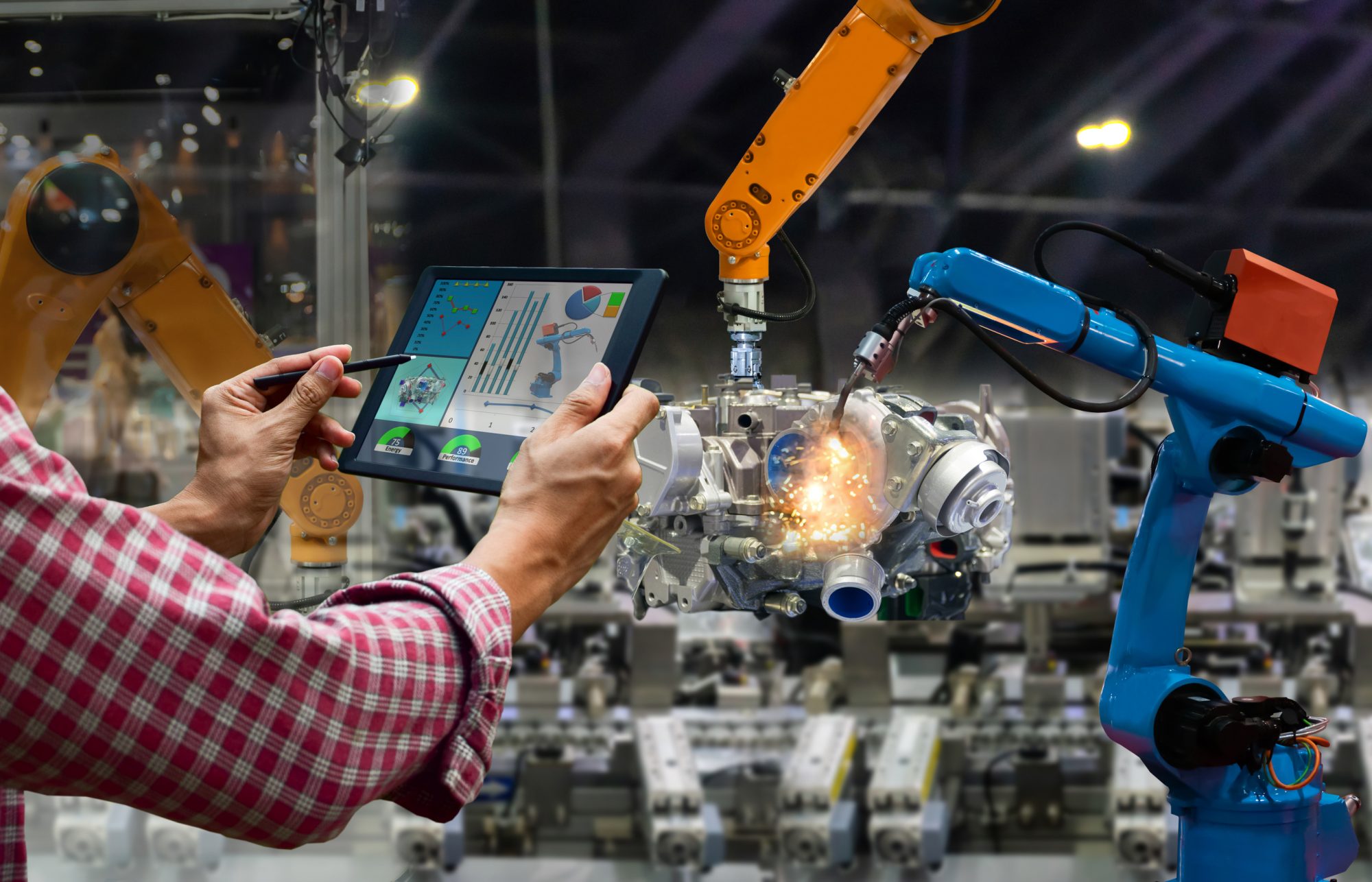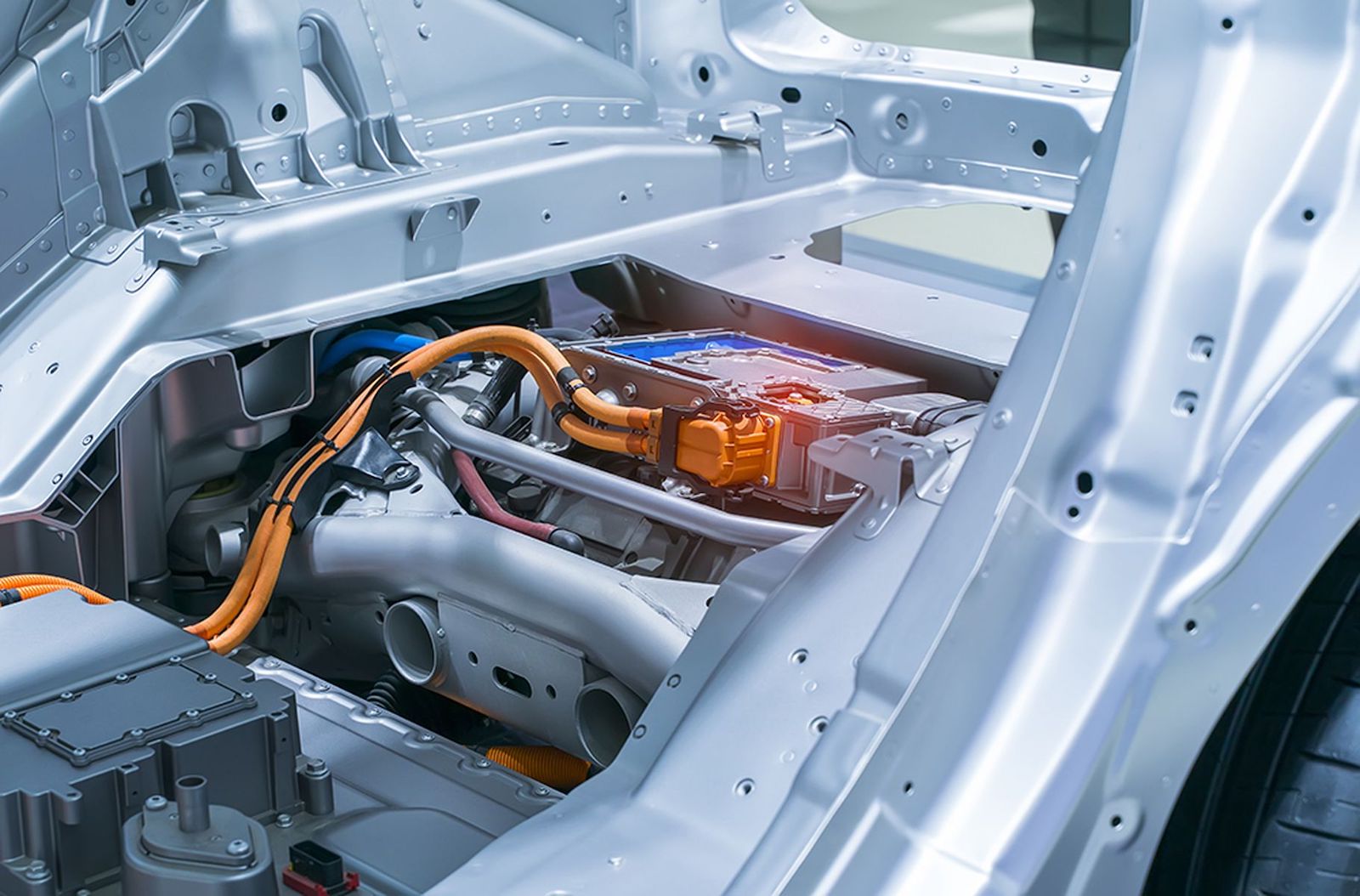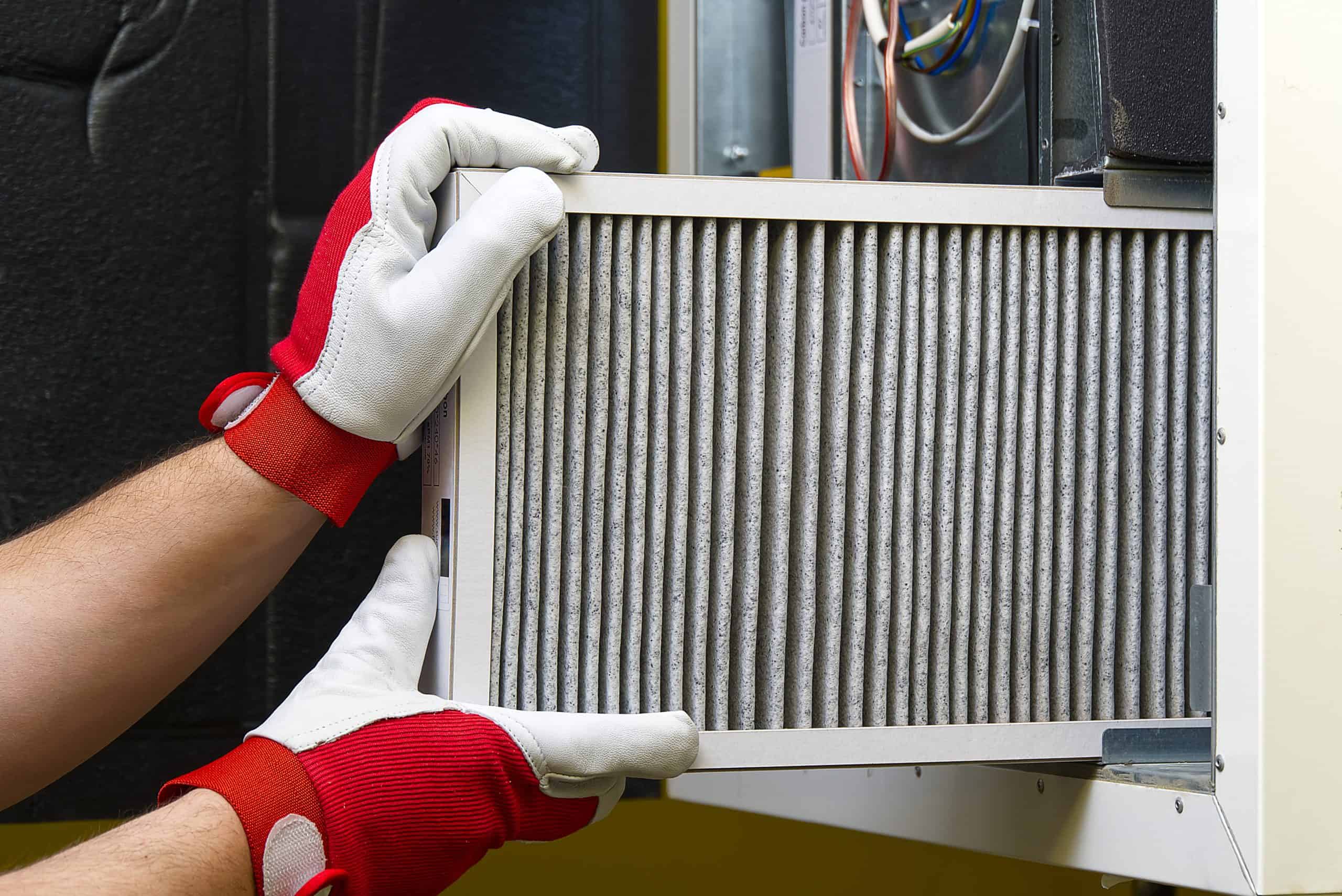The Rise of Ride-Sharing Services and Their Impact on the Auto Industry
The Rise of Ride-Sharing Services and Their Impact on the Auto Industry
I. Introduction
Ride-sharing services, such as Uber and Lyft, have seen a significant rise in popularity in recent years. These services allow customers to use a smartphone app to request a ride from a nearby driver, and have become a popular alternative to traditional taxi services. The convenience and cost-effectiveness of ride-sharing has led to a growing number of people opting to use these services instead of owning and maintaining their own cars.
The purpose of this blog post is to examine the impact of ride-sharing on the auto industry. We will take a closer look at how ride-sharing services work, and explore the ways in which they are affecting car ownership and the traditional auto industry. We’ll also consider the implications of these changes for the future of the industry and society as a whole.
II. How ride-sharing services work
Ride-sharing companies, such as Uber and Lyft, use a combination of technology and human resources to connect riders with drivers. The process begins with the rider using a smartphone app to request a ride. The app uses the rider’s location to match them with nearby drivers who are available to pick them up.
Once a driver has accepted the ride request, the rider can track the driver’s location and estimated arrival time through the app. The driver will then use the app to navigate to the rider’s pickup location, and once the ride is complete, the app will automatically charge the rider’s payment method.
Ride-sharing companies also use ratings systems to ensure the quality of the service, allowing riders to rate their driver and drivers to rate their riders. This helps to maintain the safety and quality of the service.
In summary, ride-sharing services use technology and platforms to connect riders with drivers, making it easy for people to request and receive rides. The process is simple, fast and efficient, which is why it has become a popular alternative to traditional taxi services.
III. The impact of ride-sharing on car ownership
One of the most notable impacts of ride-sharing services is the decline in personal car ownership. As more people turn to ride-sharing as a convenient and cost-effective alternative to owning a car, there is a corresponding decrease in the number of cars on the road. This shift in consumer behavior has led to an increase in car-sharing, where individuals use a car only when needed rather than owning one full-time.
The decline in personal car ownership has significant economic and environmental implications. On the economic side, fewer people buying cars means less revenue for traditional car manufacturers and dealerships. This could lead to changes in the way the auto industry operates, such as a shift towards producing more electric and autonomous vehicles.
On the environmental side, fewer cars on the road means less pollution and a reduction in traffic congestion. This can lead to improved air quality and a more pleasant urban environment. Additionally, ride-sharing companies are also encouraging the use of electric and hybrid vehicles in their fleet, which is another step towards reducing the carbon footprint.
In summary, the rise of ride-sharing services has led to a decline in personal car ownership and an increase in car-sharing. This shift in consumer behavior has important economic and environmental implications that are still being explored and understood.
IV. The Impact of Ride-Sharing on the Auto Industry
The rise of ride-sharing has had a significant impact on the traditional auto industry. As more people opt to use ride-sharing services instead of buying and maintaining their own cars, traditional car manufacturers and dealerships are seeing a decline in revenue. This has led to some auto industry leaders re-evaluating their strategies and looking for ways to adapt to the changing market.
One way that traditional car manufacturers are responding to the shift in consumer behavior is by investing in ride-sharing services themselves. For example, General Motors has invested in Lyft, and Ford has launched its own ride-sharing service, FordPass. These companies are also looking into developing electric and autonomous vehicles, as these technologies are seen as key to the future of ride-sharing.
Another way that auto industry leaders are responding to the shift in consumer behavior is by partnering with ride-sharing companies. For example, Toyota has announced a partnership with Uber to provide vehicles to Uber drivers.
In summary, the rise of ride-sharing has had a significant impact on the traditional auto industry. As more people opt to use ride-sharing services, traditional car manufacturers and dealerships are seeing a decline in revenue. Auto industry leaders are responding to this shift in consumer behavior by investing in ride-sharing services, developing electric and autonomous vehicles, and partnering with ride-sharing companies.
V. Conclusion
In this blog post, we have examined the impact of ride-sharing services on the auto industry. We discussed how ride-sharing works, and how it is affecting car ownership and traditional car manufacturers and dealerships. We also explored the economic and environmental implications of reduced car ownership.
One of the key takeaways from this post is that the rise of ride-sharing is leading to a decline in personal car ownership and an increase in car-sharing. This shift in consumer behavior is having a significant impact on the traditional auto industry and is leading to changes in the way the industry operates. Auto industry leaders are responding to this shift by investing in ride-sharing services, developing electric and autonomous vehicles, and partnering with ride-sharing companies.
Looking to the future, it is clear that ride-sharing services will continue to play an increasingly important role in the way we move around. As the technology and infrastructure continue to improve, we can expect to see more people using ride-sharing services, and fewer people owning their own cars. The auto industry will need to adapt to this new reality by developing new products, services, and business models that meet the needs of the ride-sharing market.



